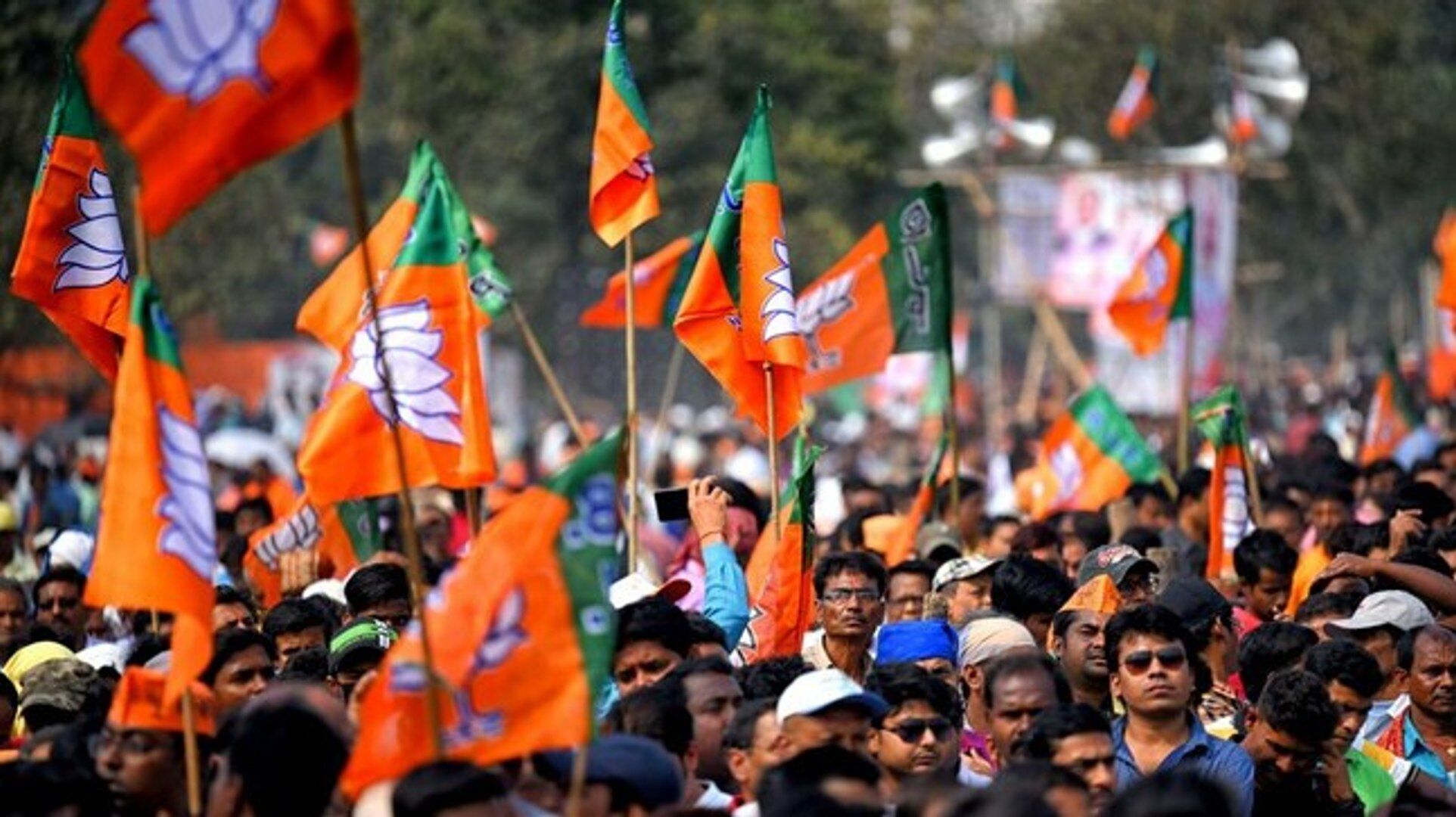Usual debacle
BJP’s defeat in recent byelections is a general trend and cannot be termed as a ‘setback’ as the party’s prospects are altogether different in ‘bigger’ elections

The Bharatiya Janata Party (BJP) on Saturday lost all five constituencies that went to by-polls across four states — Bihar, Chhattisgarh, Maharashtra and West Bengal. The party's poor show in by-polls — after its stellar performance in the state assembly elections last month — is not surprising and should not even be a cause of worry for it. The BJP lost all five seats (a lone Lok Sabha seat in West Bengal and four Vidhan Sabha seats: one each in Chhattisgarh, Bihar, West Bengal & Maharashtra) with a handsome margin. However, the results do not reflect as if BJP is losing momentum in the run-up to the mega 2024 show.
It has been often seen that the BJP does not perform well in by-polls but returns back with a stellar performance in the 'polls'. Its losing pattern in the by-polls is in sharp contrast with its winning streak in a number of state elections. The party's historic win in the 2019 general elections had a similar story to trace. The BJP, along with its allies, won just one Lok Sabha seat in by-polls out of the 10 that went to the polls between 2014 and 2019. These nine massive defeats came from states like Uttar Pradesh and Bihar, among others — including a few where it was in power. In the last few months, it has lost by-polls in Himachal Pradesh, Uttarakhand and now good five blows on Saturday.
The BJP has further failed to retain the Asansol Lok Sabha seat in West Bengal, which the party had added to its tally in the last two national polls. Here, in this piece, I argue what all factors hurt the BJP's prospects in by-elections.
Against home turf
The absence of a strong narrative, social media presence and a 'message' are among the top reasons for the party's debacle in by-polls. The BJP, in the last few years, has established its comfort zone with high-pitched campaigns, a strong social media presence and has mastered WhatsApp elections. In the 2019 elections alone, the party formed over a lakh of WhatsApp groups to strengthen its communication system. The party, in a state election, generally spends more than double of its rivals in digital space. The party has an edge on all these resources and, subsequently, made all these factors its home turf.
Absence of these factors in the by-elections does not go well with the saffron party. The party, post the 2014 general elections, has been taking on elections one after another on strong perception and narrative, which have indeed become a key ingredient to its success. The party, in run-up to by-elections, misses its high-pitch campaigns along with 'key Ingredients'. This reduces its advantage against its rivals, leading to a level playing field.
Less nationalised, more localised
The BJP has been accused by its critics of running a one-man show and projecting its biggest poll face — PM Narendra Modi — in all elections. The absence of BJP's bigwigs, massive rallies and the 'Modi-wave' played an important role in stealing the show away from the centre-ruling party. By-elections are generally more localised, fought on local narratives — unlike Lok Sabha and Assembly polls. These elections have relatively less voter turnout as compared to state assembly and Lok Sabha polls, and generally reflect voters' apathy towards the ongoing electoral process. The BJP voters are not as vocal as they are in Assembly or Lok Sabha elections. All the local factors, stitched together, make a sticky wicket 'to bat on' for the BJP and its candidates.
Absence of RSS machinery
It was only after the RSS threw its weight behind the then Gujarat CM Narendra Modi, that he became the chief of the campaign committee in 2013. Since then, the Rashtriya Swayamsevak Sangh (RSS) has been at the forefront of shaping dynamics, favouring the BJP. The front, quietly but relentlessly, worked behind curtains in full devotion to the BJP's success. The party's response to byelections, as compared to full-fledged elections, lacks involvement of the entire party machinery, especially active participation by the RSS. The micro-level targeting of voters — be it around caste, region or class — using 'panna pramukhs' in any election has lately become the forte of the RSS. These RSS ground workers — 'panna pramukhs' — are the party's strength and are deployed to win the 'trust and heart' of voters. They are the first 'point of contact' for voters in any poll-bound state. The absence of these micro-level targeting strategies cost the party a streak of defeats in the by-elections. Most of the by-elections are fought against the backdrop of an uncharged local cadre, the absence of entire party machinery and the RSS.
One may want to believe that these defeats in the recently concluded by-polls are a 'setback' for the saffron party. However, this has been a consistent trend that the party fails to live up to expectations in by-elections. The reasons are salient for the BJP's electoral success and, riding on the same, it has 12 Chief Ministers and is sharing power in six other states.
The writer is a Delhi-based independent researcher. Views expressed are personal



